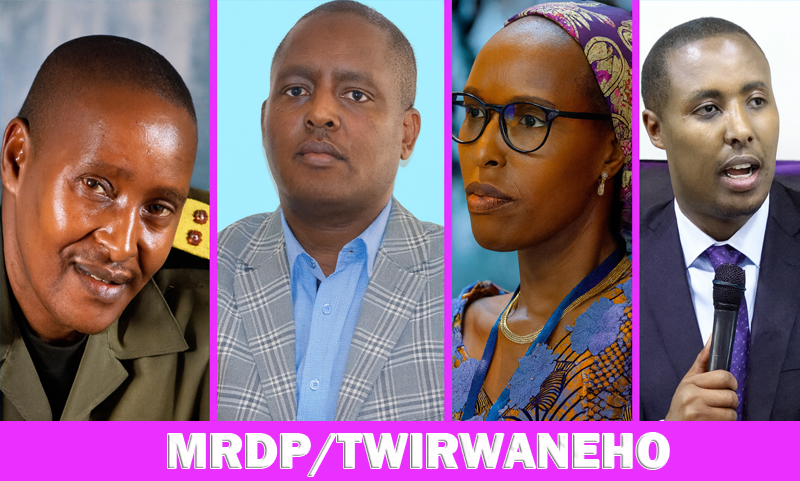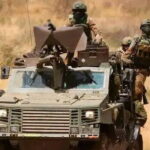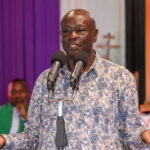MRDP/Twirwaneho, widely known simply as «Twirwaneho, » is a political and social movement born out of decades of persecution and displacement in the highlands of Minembwe, Itombwe, and Fizi in South Kivu, Democratic Republic of Congo. Its name, meaning, «Let’s defend ourselves» in Kinyamulenge, embodies a spirit of resilience, unity, and moral defiance against oppression. For thousands of Banyamulenge, Twirwaneho represents not just a movement but also a lifeline an assertion of existence in a country that has often treated them as outsiders.
At the helm of this movement stands Freddy Kaniki Rukema, the current President, supported by Charles Sematama, widely known as “Sebanyana,” who oversees defense and security operations. Reverend Alexis N. Mugisha serves as the Second Vice President in charge of politics and foreign affairs, while Adèle Kibasumba former President of Mahoro Peace Association acts as the Secretary General. Kamasa Ndakize Welcome, the movement’s spokesperson, has been instrumental in communicating its mission to the public and the media. Together, this leadership has tried to transform Twirwaneho from a local self-defense structure into a coordinated platform for advocacy, humanitarian support, and political voice for the Banyamulenge people.
MRDP/Twirwaneho’s notoriety stems from its unwavering campaign against violence targeting Banyamulenge civilians in South and North Kivu. Through statements, reports, and international collaborations, it has consistently condemned the actions of both rebel militias and elements of the Congolese army accused of human rights abuses.
Its reports have informed regional and international observers, including human rights organizations and peace advocacy groups, about the systematic attacks that have uprooted communities for over two decades. Yet, the movement has not escaped controversy some United Nations sources have noted that parts of Twirwaneho operate as self-defense units, occasionally engaging in armed confrontations. This dual identity, both as a resistance front and as a humanitarian-political voice, continues to fuel debate about its true nature and long-term intentions.
📰 Also Read This:
Beyond the battlefield, MRDP/Twirwaneho has emerged as a humanitarian force. It has coordinated food and relief supplies to displaced families, organized peace dialogues across the Great Lakes region from Nairobi to Addis Ababa and Goma and facilitated international advocacy through the Banyamulenge diaspora. For many, the movement has been the only organization capable of speaking for the stateless, the displaced, and the forgotten. Through its diaspora networks in Kenya, Australia, Canada, and the United States, MRDP/Twirwaneho has built bridges that keep alive a shared sense of belonging and cultural pride.
Still, challenges remain. Critics within the diaspora argue that the movement’s communication remains outdated, overly centralized, and inaccessible to younger generations who lack historical context. Financial transparency and accountability are also recurring concerns. To sustain legitimacy, MRDP/Twirwaneho must strengthen its governance, invest in digital communication, and embrace collaboration with civil society and peace-oriented organizations.
For the thousands of Banyamulenge scattered across the globe, the message of Twirwaneho is clear: unity is survival. Participation, whether through financial support, advocacy, or education, is not optional it is existential. The future of the Banyamulenge people depends not only on resisting oppression but also on building institutions rooted in justice, truth, and peace.
As a journalist for Afrovera Media, my analysis finds MRDP/Twirwaneho standing at a historic crossroads. It is no longer enough for the movement to exist as a defensive force; it must evolve into a transformative institution one that educates, empowers, and reconciles. «Twirwaneho» should mean more than self-defense. It should symbolize rebirth, resilience, and the enduring dignity of a people who refuse to be erased from history.








